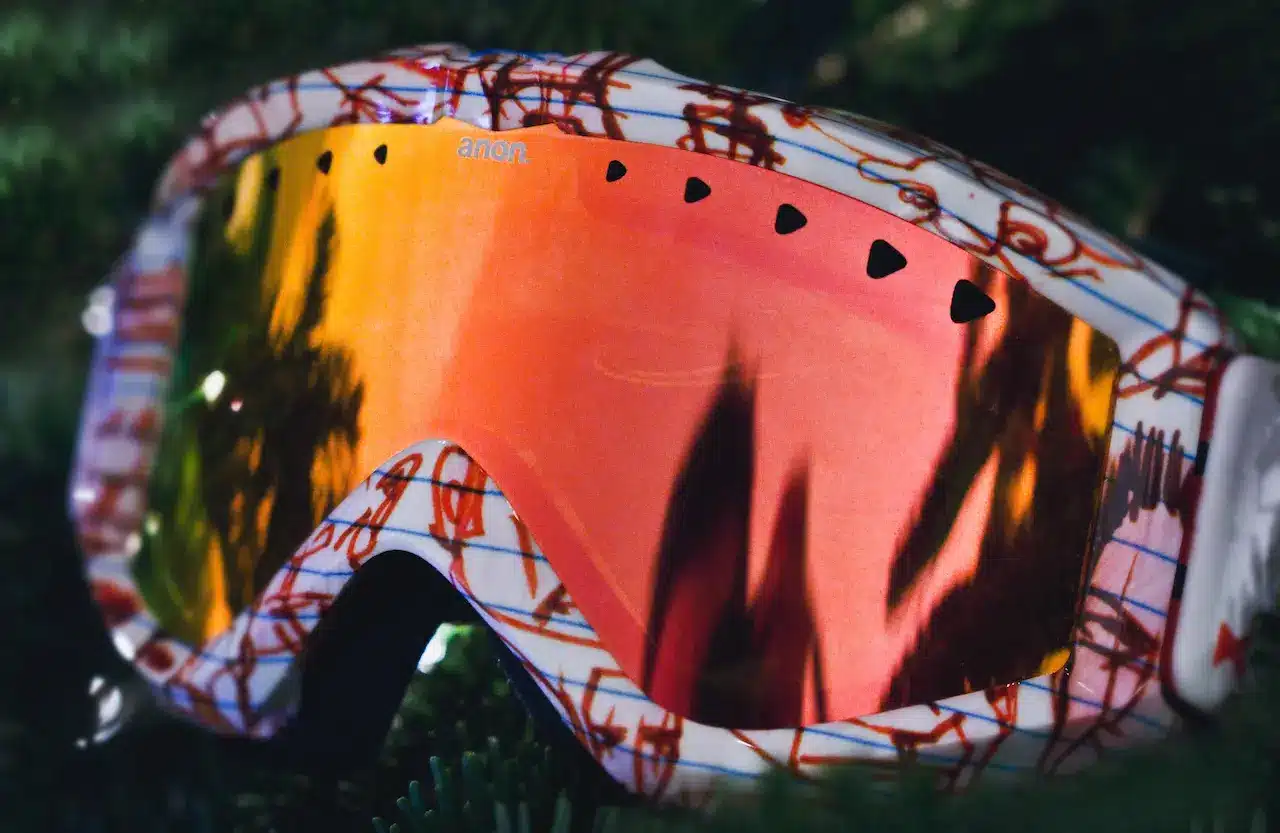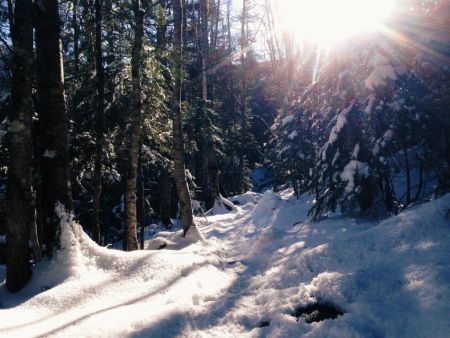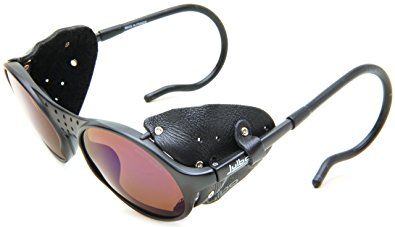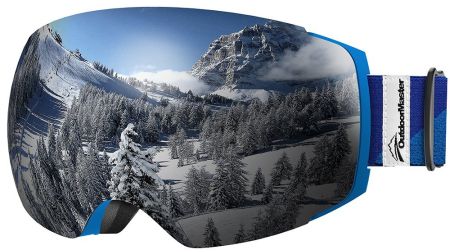Snow Blindness

Snow Blindness: Symptoms, Treatment, and Prevention
Snow blindness (formally referred to as photokeratitis) is sunburn of the eyes caused by the sun’s UV rays. Snow blindness becomes more of a problem at higher altitudes and in polar regions, though it doesn’t require snow. At higher elevation, the sun’s rays are stronger, and fresh snow reflects about 80% of the sun’s radiation. Snow blindness is extremely painful but easily preventable. For this reason, it is important to wear proper eye protection to prevent snow blindness when hiking. This article will talk about snow blindness symptoms, treatment, and prevention.

Symptoms of Snow Blindness
Symptoms of snow blindness may include extreme eye pain, inability to keep eyes open, tearing, and bloodshot eyes. These symptoms, like sunburns, usually appear several hours later or the day after. Snow blindness may result in temporary loss of vision. In extreme cases, repeated exposure may result in permanent loss of vision.
Prevention of Snow Blindness
Preventing snow blindness is as simple as wearing proper eye protection. When it comes to protecting the eyes, there are several options available.
Sunglasses:Â Sunglasses are an option and can be worn for everyday activities. The best sunglasses to prevent snow blindness are sunglasses that offer full-coverage. These sunglasses “wrap around” and also prevent rays from entering the sides. Polarized or dark mirror-coated sunglasses that offer 100% UV protection work the best.
For activities involving winter sports and snowfields, consider glacier sunglasses or glacier goggles. These sunglasses are specifically designed for protection in the outdoors.

Snow goggles: If you are in windy or blizzard conditions, snow or ski goggles with UV protection will work best. Another advantage to wearing snow goggles is that they work better with a face mask and offer protection against frostbite.

Other options: It’s possible you may find yourself in a harsh environment without eye protection. If this happens, you can improvise by making Eskimo sunglasses. These are makeshift sunglasses that are made from birch bark, cardboard, or other such material. Shape the material to a pair of sunglasses and cut slits in the eyes. You can rub charcoal on the inside of the slits to prevent reflection. Next, tie the sunglasses around your head using a piece of string.
Treatment of Snow Blindness
Those with snow blindness will usually recover in 2-3 days without any medical treatment. If you wear contact lenses, you should take them out immediately and wait to wear them again until your eyes have healed and returned back to normal.
Here are a few things you can do to treat snow blindness:
- Stay indoors and avoid sunlight.
- Wear sunglasses
- Keep your eyes moistened with artificial tears
- Cold compress, such as a cool dampened washcloth
- Pain relievers